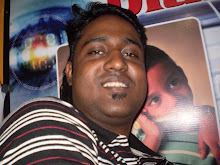
The Sri Lankan cricket team is a national cricket team representing Sri Lanka. The team first played international cricket in 1926–27, and were later awarded Test status in 1981, which made Sri Lanka the eighth Test playing nation. The Sri Lankan team transformed themselves from underdog status to a major cricketing nation during the 1990s. The team went on to win the 1996 Cricket World Cup, beating Australia in the finals, and becoming World Champions. Since then, the team has continued to be a major force in international cricket. Sri Lankan team currently holds several word records including world records for highest team totals in all three forms of the game, Test, ODI and, Twenty20. The Sri Lanka team did well to reach the finals of the 2007 Cricket World Cup in a rain-affected match. The batting of Sanath Jayasuriya and Aravinda de Silva (retired), backed up by the bowling of Muttiah Muralitharan and Chaminda Vaas, among many other talented cricketers, has underpinned the successes of Sri Lankan cricket during the last 15 years. The team is administered by Sri Lanka Cricket.
Sri Lanka have won the ICC Cricket World Cup in 1996, the ICC Champions Trophy in 2002 co champions with India since the final was a wash out and have been runners up in the Under 19 Cricket World Cup in 2000 and have been runners up in the ICC World
Sri Lanka have won the ICC Cricket World Cup in 1996, the ICC Champions Trophy in 2002 co champions with India since the final was a wash out and have been runners up in the Under 19 Cricket World Cup in 2000 and have been runners up in the ICC World




